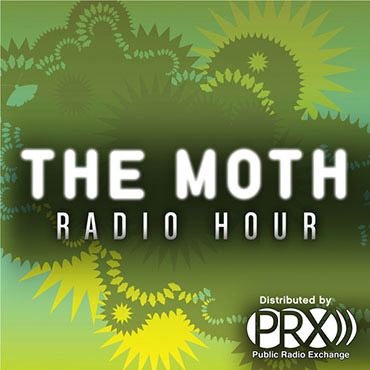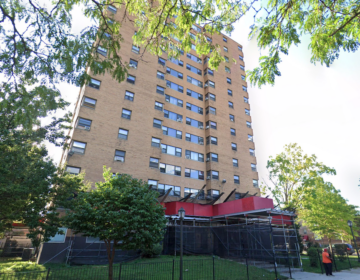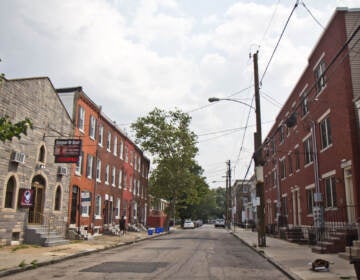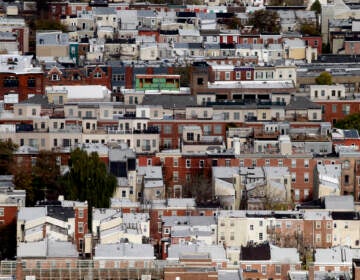Hispanic and Asian communities frustrated by city’s fair housing assessment process
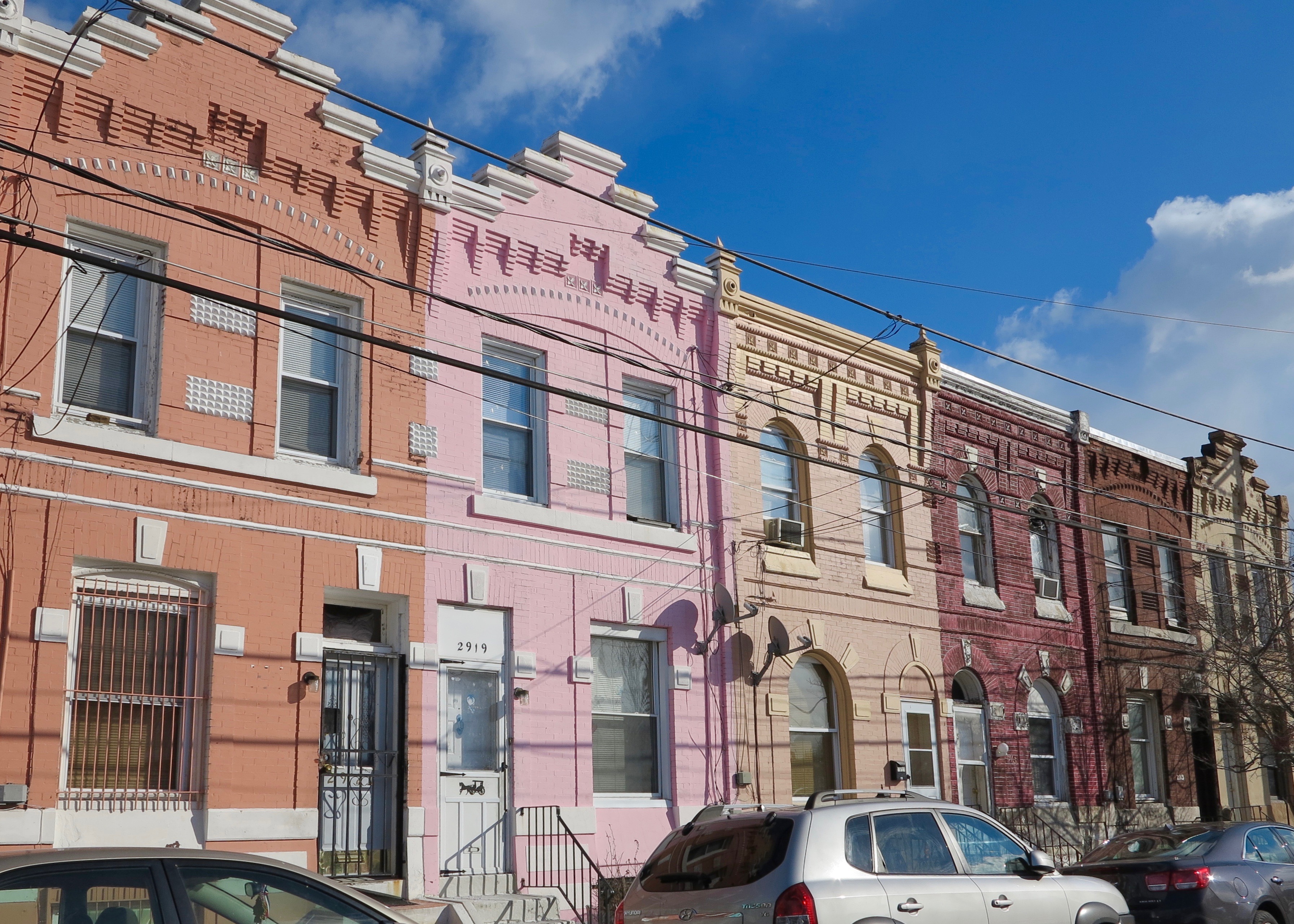
This summer Philadelphia’s housing agencies began collecting data for a forthcoming plan to address segregation and fair housing in the city. The results of the federally-required initiative are not yet available, but the process of gathering information is raising the temperature on long-simmering questions of representation in local housing programs among the city’s burgeoning Hispanic and Asian communities.
Advocacy groups representing both Hispanic and Asian communities, as well as other public interest groups, tell PlanPhilly that language-access issues marred the public engagement process around Philadelphia’s plan to further fair housing. Although the city’s draft report is not yet available, these advocates express serious frustration with the process thus far. They fear that the specific issues confronting their growing communities won’t be reflected in a process with the potential to meaningfully alter the housing policies of both the city and the housing authority.
“The city is changing, there are new populations whose needs aren’t being met, and whose voices deserve to be heard,” says Sarah Yeung, director of planning for the Philadelphia Chinatown Development Corporation.
The Division of Housing and Community Development (DHCD) and the Philadelphia Housing Authority (PHA) are co-authoring the report on access to fair housing in the city. Although reports to the U.S. Department of Housing and Urban Development (HUD) on barriers to fair housing have been required for decades, neither the federal agency or local agencies took it very seriously. But a 2015 HUD rule now requires the documentation not only of barriers, but of the agencies’ plans to overcome them. Philadelphia will be on the cutting edge of this new policy, among less than 25 jurisdictions in the first cohort to present the cumbersomely-titled Affirmatively Furthering Fair Housing (AFFH) plans to HUD.
The AFFH rule also highlights HUD’s ability to discipline those jurisdictions that do not actively promote desegregation. Cities like Philadelphia have largely ignored the Fair Housing Act of 1968 while receiving billions from HUD in the form of Section 8 vouchers, capital funds for housing authorities, and Community Development Block Grants (CDBG). Since the advent of CDBG in the mid-1970s Philadelphia received $2.4 billion from the program, despite making a minimal commitment—especially after the Whitman Park housing controversy—to promote racial integration using federal resources.
Enforcing the AFFH rule would be dramatic change from prior practice, and housing advocates hope to take full advantage of it.
“Processes [for engaging the city agencies] exist, but none have the teeth for accountability and wide ranging nature of AFFH,” said Yeung.
The public engagement component of Philadelphia’s plan largely unfolded in late August and early September. The city’s outreach included a survey that could be completed online or in person, five focus groups, and stakeholder meetings with developers, housing advocates, and a third gathering comprised of lenders, researchers, and funders.
Even as the city amassed the information for its AFFH draft report, due this month, the process dredged up longstanding concerns among the city’s established and growing Asian and Hispanic communities, which find in it a new point of leverage that didn’t exist a year and a half ago.
Some Asian communities have expressed frustration at what they describe as anemic outreach in their neighborhoods and languages. Several prominent Hispanic advocates, meanwhile, have used the AFFH process to reify their concerns about representation of the Latino community in the PHA’s rolls and its waiting list.
For its part DHCD notes that its online survey could be accessed in both Spanish and English, and its AFFH websites were available in both languages as well from July onwards. The spokesperson for DHCD, Paul Chrystie, says outreach was conducted to groups with Chinese, Russian, and Vietnamese speaking membership (the three largest language groups in Philadelphia after English and Spanish). The agencies also conducted one of the five focus groups in Spanish and held it in North Philadelphia east of Broad Street, where a large concentration Puerto Rican communities are clustered.
Will Gonzalez of Ceiba, an umbrella organization representing Latino organizations across the city, expressed serious reservations about the AFFH process. He emphasized that his concerns focused on PHA, which is a largely independent entity, not the mayoral-controlled DHCD (which distributes funds from CDBG funds and a handful of other HUD programs).
These criticisms are longstanding are summed up in an October 4 letter to PHA and DHCD from the Public Interest Law Center, which urged the city’s housing agencies to consider the matter at length in their proposals.
The Law Center noted that although 23 percent of Philadelphia households below the poverty line are Latino, only 5 percent of public housing residents are Latino. The housing authority doesn’t have data on the languages public housing residents spoke at home, but they do have it for housing choice voucher recipients. Only 18 of close to 19,000 voucher holders spoke Spanish at home. Only 8 percent of the current waitlist for housing vouchers and project-based public housing identify as Latino.
Asked for comment on these numbers, the housing authority’s press representative Nichole Tillman responded with an email statement. “PHA has heard the concerns expressed by the various advocacy organizations and is preparing to formally respond to the concerns in order to continue this important dialogue on how to foster neighborhoods of choice and opportunity in every community,” she writes.
Gonzalez believes that the city executed the AFFH process too hastily. Early communications about the public engagement campaign were confused, he says, expressing frustration at what he describes as an opaque process that required him to pester the administration repeatedly for updates on the locations and times of focus groups and stakeholder meetings. Gonzalez even disputes that the focus group held in Spanish deserves the name. Instead he describes it instead as a gathering where the moderators asked participants to raise their hands in response to questions, but where little verbal feedback was allowed.
“We want to make sure they don’t think the rush to prepare this document obviates their need to address the problem of PHA’s service to the Latino community,” says Gonzalez. “At a stakeholder meeting, we were told this is just the first one, if all your concerns aren’t addressed we’ll adjust them later on. No. This is really, really important. This issue of PHA underserving the Latino community is really serious and this is an opportunity to end that pattern.”
The Philadelphia Chinatown Development Corporation (PCDC) meanwhile, critiqued the process on an even more elemental level. The surveys that were filled out by 5,000 participants were only available in English and Spanish, which limited the number their members could fill out.
The overcrowded and expensive housing on offer in Chinatown won’t be reflected in public data, the PCDC fears, and the short timeframe offered for AFFH feedback didn’t offer them a robust opportunity for participation. PCDC only participated in one focus group, which the organization argues didn’t give them the opportunity to provide the level of granular insight they would have preferred.
“A lot of these factors are attributed to the recent rapid increase of Asian immigrants to the city so their needs are not reflected in how the city currently allocates its resources,” says Yeung of the Chinatown Development Corporation. “And the public wasn’t informed of the ramifications of the survey. At the community level, we’ve found a general lack of awareness about AFFH in the Chinese community. I don’t think any other organization in Chinatown is aware of the rule.”
The city acknowledges the time constraints it operated under and DHCD spokesman Chrystie says it would have offered more focus groups, including one that was planned in Chinese, if it had longer.
Chrystie notes that there will be more opportunities for public input and that what they’ve issued to date is but the beginning of a five-year plan for engagement that will stretch onwards until the next AFFH report is due. The agencies plan to seek continuous input into their consolidated AFFH strategy, in contrast with the older and less robust fair housing reports the city was required to provide to HUD.
“The timeframe engaging the public was very short, but I think what we were able to do in the time we were allotted was a fairly robust outreach to the community,” says Chrystie. “That’s a downside in terms of being able to engage folks beyond English and Spanish speakers. On the other hand, this is not the only bite at the apple.”
But community advocates like Yeung say there are alternatives. The National Coalition for Asian Pacific American Community Development (CAPACD) points to the New Orleans process as a model AFFH actor, in contrast with Philadelphia.
In New Orleans the fair housing groups were brought into the AFFH process as partners who helped contribute to the outreach and training efforts, while in Philadelphia they were just considered another stakeholder group. The Big Easy also tapped funding from the Open Society Foundation and the Ford Foundation to provide resources for neighborhood groups to encourage community participation.
“The process in New Orleans so far is looking much stronger than what Philly has put in place,” says Seema Agnani, interim Managing Director for CAPACD. “What we are seeing in Philadelphia is a result of the lack of resources in these communities to really respond. There are no resources for local community groups to mobilize the constituent groups. PCDC is organizing without resources to do this.”
The city argues that the groups critiquing their AFFH process—including Community Legal Services and the community organizations named—should hold their fire until the plan itself is released.
“I think given that the report hasn’t been issued yet it’s a little premature to say whether we have or have not addressed anybody’s concerns,” says Chrystie
Chrystie cannot provide an estimate of when the proposal’s draft will be released, only noting that it won’t be this week. Advocates say they expected it in early October, although Chrystie says the city doesn’t consider itself behind schedule. (New Orleans released their plan on October 4.)
When the draft is released it will be available for public comment, and a public hearing is planned for mid-November. The assessment can then be amended, sent to the PHA board for adoption, and should be submitted to HUD by the end of the calendar year. There will be 60 days for the federal agency to review it and offer recommendations for improvements. The potentially revolutionary implications of the AFFH process will hinge on the next administration’s commitment to the Fair Housing Act. (Regardless of the presidential election’s outcome, history demonstrates there is no guarantee either party will forcefully pursue desegregation.) There is also the question of whether fair housing in Philadelphia can really be fully addressed without including suburban jurisdictions, where much of the region’s wealth is concentrated, in the equation.
For now though, the city is finding the difficulties of pursuing a strategy for fair housing within Philadelphia complicated enough. Regardless of questions of regional equity, AFFH is certainly sharpening demands from Philadelphia’s growing Asian and Hispanic populations for greater access to resources and representation.
“Although it’s been a rough start, we can still have meaningful action to meet some of the needs of the Latino community,” says Gonzalez. “We remain hopeful about the AFFH process. But sometimes, just like in certain families, you need to be aggressive to ensure you get your fair piece of the pie.”
WHYY is your source for fact-based, in-depth journalism and information. As a nonprofit organization, we rely on financial support from readers like you. Please give today.
